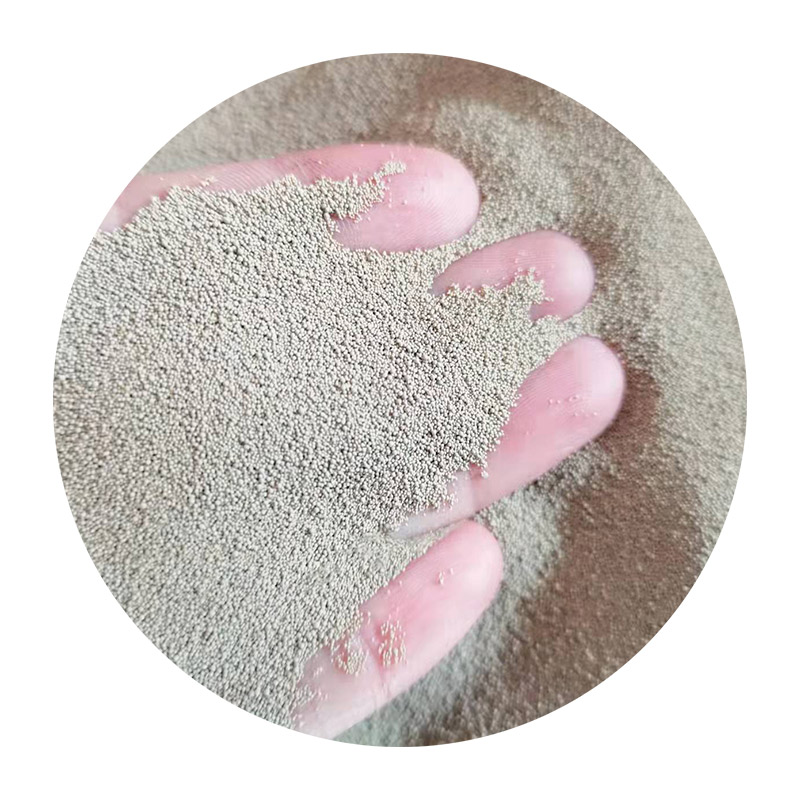Understanding How Sand Casting Works
Sand casting is one of the oldest and most widely used metal casting processes, and it remains an essential method for producing complex shapes in a variety of industries today. The process involves creating a mold from sand that shapes the molten metal into the desired form. This article will delve into the intricacies of sand casting, including its components, the step-by-step process, advantages, and applications.
The Components of Sand Casting
The primary materials required for sand casting are sand, a binder, and a variety of additives. The sand used is typically silica sand, chosen for its ability to withstand high temperatures. The binder, often clay or a synthetic resin, helps the sand grains stick together to form a stable mold. Additives may be included to enhance certain properties, such as permeability and strength.
The two main components of the sand mold are the cope and the drag. The cope is the upper half of the mold, while the drag is the lower half. Together, they encase the shape of the object being cast. Core materials may be used to create internal features in the casting and are often made from a mixture of sand and binder.
The Sand Casting Process
1. Pattern Creation The first step in the sand casting process is creating a pattern of the object that needs to be cast. This pattern is typically made from metal, plastic, or wood and should be slightly larger than the final product to account for shrinkage that occurs when the metal cools.
2. Mold Preparation Once the pattern is created, it is pressed into a mixture of sand and a bonding agent to form the mold. The sand is compacted around the pattern to create a negative impression. After removing the pattern, two halves of the mold (cope and drag) are assembled.
3. Core Placement If the design requires internal cavities, a core made of sand is positioned within the mold. This core ensures that the final casting has the necessary internal structure.
4. Pouring the Metal The next step involves melting the metal, which is typically done in a furnace. Once the metal reaches the desired temperature, it is poured into the mold through a sprue, which is a channel that allows the liquid metal to flow into the cavity formed by the mold.
how sand casting works

5. Cooling and Solidification After pouring, the metal begins to cool and solidify. This phase can take several hours depending on the size and thickness of the casting. During cooling, the metal contracts, which allows it to fit snugly within the mold.
6. Mold Removal Once the casting has cooled sufficiently, the sand mold is broken away, revealing the cast object. The casting is usually cleaned to remove residual sand and imperfections.
7. Finishing Touches The cast metal may require further processing, such as machining, grinding, or painting, to achieve the desired specifications and surface finish.
Advantages of Sand Casting
One of the key advantages of sand casting is its versatility. It can be used to produce small to very large parts in various shapes and sizes, making it suitable for a wide range of applications. Additionally, the sand mold can be reused several times, reducing costs and waste.
Another benefit is the ability to accommodate complex designs, including intricate details that might be difficult to achieve with other casting methods. Sand casting is also less expensive compared to other forms of casting, like die casting, particularly for small production runs.
Applications of Sand Casting
Sand casting is widely used in various industries, including automotive, aerospace, and manufacturing. Common applications include engine blocks, gears, and housings. The process is also used to create artistic sculptures and metalwork.
In summary, sand casting is a fundamental technique in metalworking that allows for the efficient production of intricate parts and components. With a straightforward process and extensive versatility, it continues to be a preferred method in various manufacturing sectors. Understanding how sand casting works not only highlights its historical significance but also its ongoing relevance in modern engineering and design.
Post time:Lis . 15, 2024 02:30
Next:sanding machine 3d print
